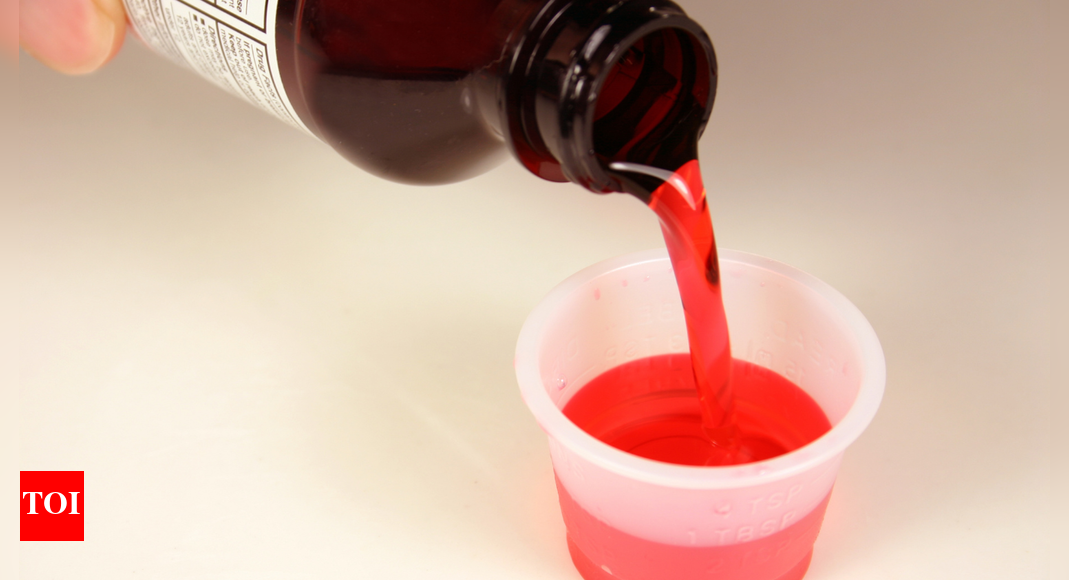
Cough syrups are a common over-the-counter medication used by millions and people of all ages to relieve symptoms of cold, flu and respiratory infections. While many formulations are safe for use as directed, some cough syrups contain ingredients that pose serious health risks, especially when misused or taken in high doses. Understanding which ingredients to avoid can help protect you and your loved ones from unintended harm.Scroll down to know about five proven dangerous ingredients to watch out for in cough syrup:
Codeine

Codeine is an opioid that is used in cough syrup for its suppressant effects. However, it is also a narcotic and misuse of this can lead to addiction, respiratory depression and even death. Health authorities such as the FDA and WHO have restricted or banned the use of codeine for children under 12, and it should be used under extreme caution, (if need be) in adolescents. According to the FDA, children who ingested this substance in cough syrup, showed signs of shallow breathing, difficulty or noisy breathing, and confusion.
Dextromethorphan (DXM)
A widely used cough suppressant that is generally considered safe but in recommended doses. However, it has a high potential for abuse, especially among teenagers, seeking its hallucinogenic effects, in larger quantities. High doses of it can lead to confusion, nausea, increased heart rate, high bp and in rare cases, coma as well. However, this component received its FDA license in 1986, it is still considered potentially dangerous if abused. Some effects attributed to dextromethorphan may reflect ingestion of combination drugs, particularly decongestants, acetaminophen and anticholinergic antihistamines.
Promethazine

Promethazine is recognised for its strong sedative-like effects, often combined with codeine in prescriptions cough syrups. Too much of it, it can cause severe drowsiness, slow breathing and even at times confusion. The Food and Drug Administration is requiring the addition of a black box warning to the labeling for promethazine hydrochloride, a drug with antihistamine, antiemetic, and sedative properties. It is commonly prescribed for nausea and vomiting in children. Especially for children under 2 due to risk of fatal respiratory depression.
Diphenhydramine

The FDA drug safety communication, back in 2020, issues a strong warning about the dangers of high doses of diphenhydramine, the active component in Benadryl, the cough syrup, often prescribed. It is found in multi-symptom cold and cough syrups, while it is generally safe for adults (standard doses), excessive use of it can lead to heart rhythm issues, hallucinations, seizures and even death. It is one of the most commonly abused over-the-counter drugs.
Diethylene glycol
According to the National Institutes of Health, Diethylene Glycol is a colourless, odourless fluid that was primarily used in industrial purposes. It is not meant for human consumption. As to what the NIH says Diethylene Glycol is a colourless liquid. Denser than water. Contact may slightly irritate skin, eyes and mucous membranes. May be slightly toxic by ingestion. Used to make other chemicals. It’s poisoning can lead to severe neurological symptoms such as confusion and seizures and metabolic acidosis (where the body’s acid-base balance is disrupted), and can ultimately be fatal if left untreated. Usually, its symptoms appear within 24-72 hours of ingestion, emphasising on the narrow window of medical intervention.








